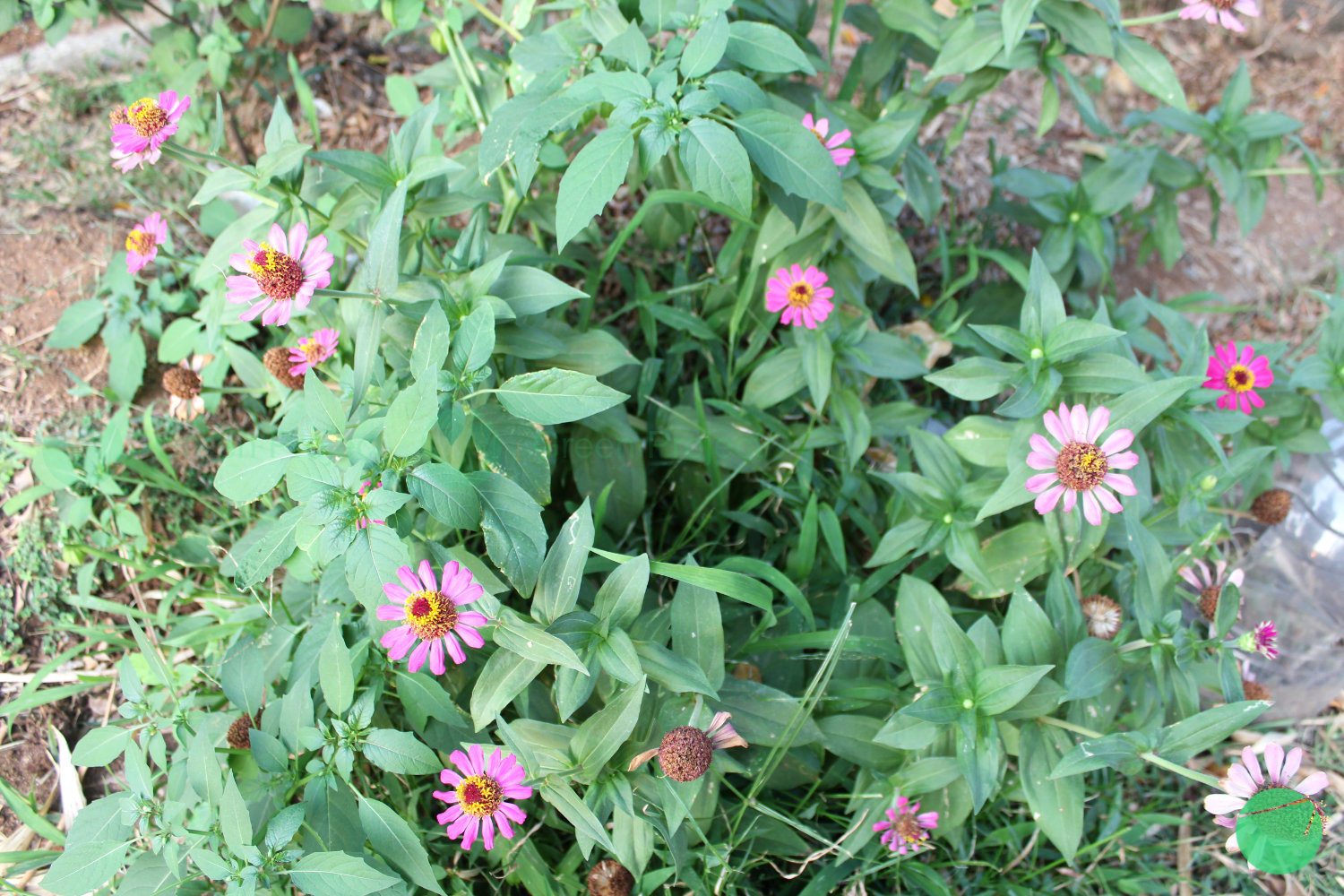Naming Identity
Zinia anggun scientifically in Latin is called Zinnia elegans. Another name for Zinnia elegans in Latin is Zinnia violacea (Ana Flavia Burlec et al., 2019). Internationally, in English, this plant is also known as common zinnia.
Taxonomy
Kingdom | Plantae |
Phylum | Tracheophyta |
Class | Magnoliopsida |
Order | Asterales |
Family | Asteraceae |
Genus | Zinnia |
Species | Zinnia elegans |
Origin and History
Common zinia is a plant originating from Mexico. The seeds of this plant were first brought to Europe in the 18th century AD. Linnaeus (1753) named the genus Zinia in honor of the German botanist, doctor and anatomist named Johann Gottfried Zinn (1727-1759).
Johann Gottfried Zinn was a scientist who conducted research on the membranes of the eye which are now known as the ciliary zonula or Zinn's zonula. His book Descriptio Anatomica Oculi Iconibus Illustrata (1755) was the first complete account of the anatomy of the eye (A Zinnia Grows in Space – Smithsonian Libraries and Archives / Unbound, 2017). Zinn was also director of the Botanical Gardens of the University of Göttingen and professor of medicine.
Zinn received seeds from Mexico of Zinnias, known as mal de ojos (eye disease), possibly because of their striking color. It then describes him shortly before his death, apparently from tuberculosis, at the age of 31 (Zinnia Cultivar, 2022).
Common zinnia is the most popular species of the Zinnia genus and has been widely cultivated in many countries. This species only began to be distributed and popular in Europe since 1790 as an ornamental plant in gardens (Ana Flavia Burlec et al., 2019).
Now the common zinnia plant, which was originally only a wild flower in Mexico, has become an ornamental flower plant that has inspired many fields. Among them are music, social customs, design and art, battles at sea and even outer space. Common zinnia is one of the selected plants that is also planted on the International Space Station. In January of 2016 American astronaut Scott Kelly announced that common zinnia plants had bloomed on the International Space Station (Grissell, n.d.).

Shape Description and Growth
Common zinnia is an annual plant and those that have been cultivated can grow upright to a height that can reach up to 1 meter. Meanwhile, uncultivated graceful zinia can grow up to 15 cm. These plants tend to be non-invasive and non-aggressive, tolerant of drought, heat and cold or freezing weather. Although easy to grow, this plant requires full sun and soil with a good drainage system.
The flowers that attract butterflies have many color variations. Among them are red, orange, yellow, purple, white, and pink.
Benefits of Common Zinnia for Health
Generally, the common zinnia plant is widely planted as an ornamental plant, especially because of the striking color of its flowers. The beauty of its shape has inspired many works of art, design and music. However, several reports have shown its potential as a biological source for various treatments, although not much research has been done on the safety of its application as a medicinal plant.
Based on a report written by Alshymaa and colleagues (2019), it is said that the common zinnia plant is a plant that has been used in traditional medicine to treat malaria and stomach aches and is used as a hepatoprotective, antiparasitic, antifungal and antibacterial agent.